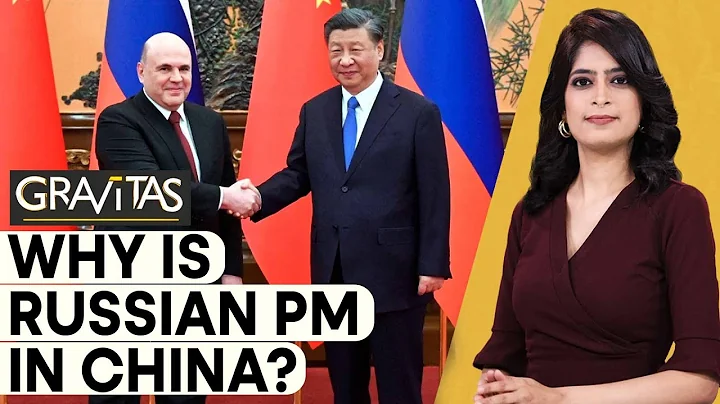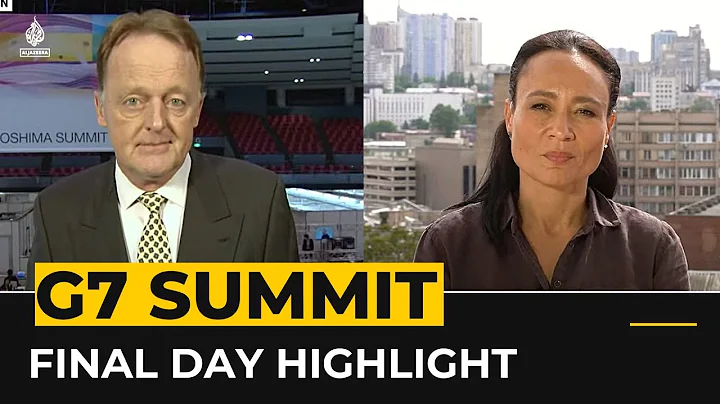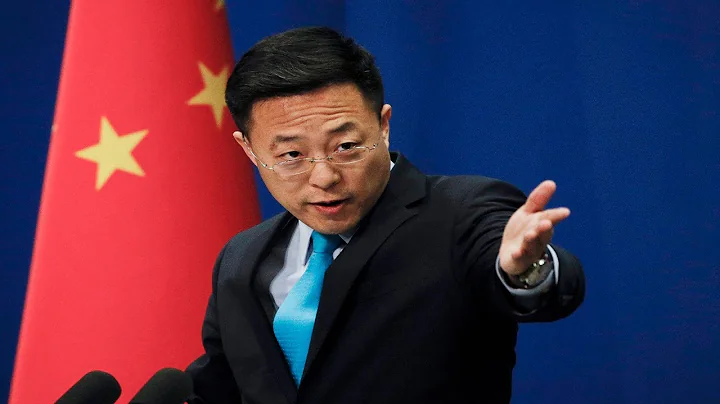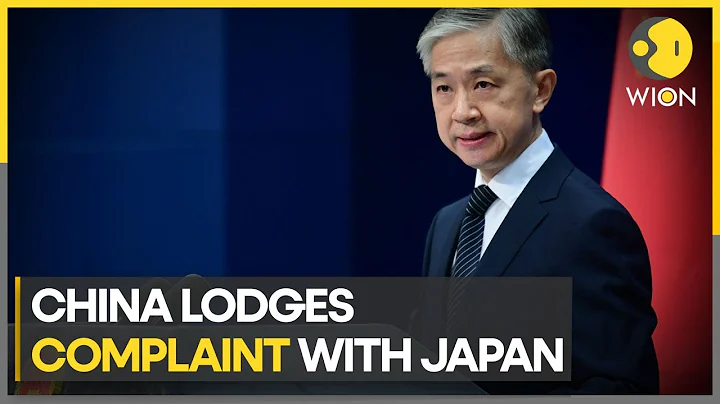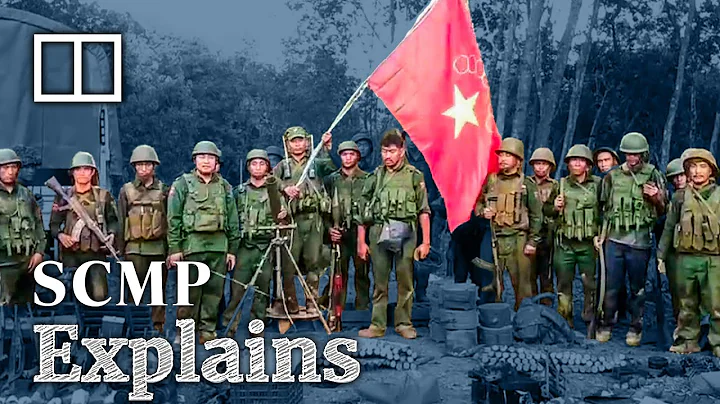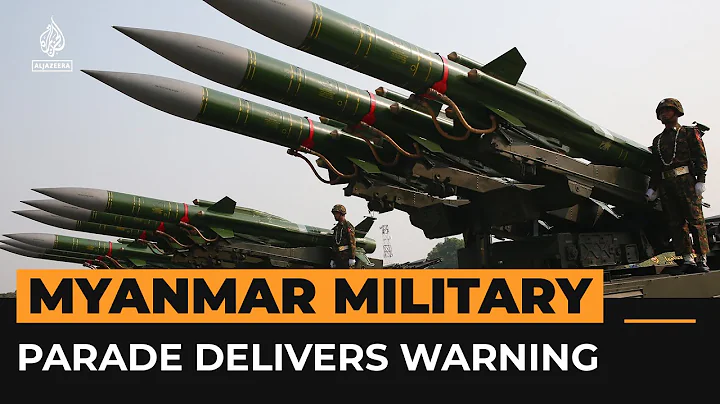From June 26th to 28th, the annual G7 Group Leaders Summit was held in Bavaria, Germany. What is different from the past is that this time the G7 group not only targets Russia, but China has also become a key target of attack. "China" is mentioned 14 times in the joint communiqué alone, and the scenes that appear every time are related to "challenges, Threat" and other related expressions.
If the United States is the "anti-China leader" in G7, then Japan definitely ranks second. In some aspects, Japan's level of hype about the "China threat theory" far exceeds that of its leading brother.

Fumio Kishida, who did not name him by name, showed his dissatisfaction with China everywhere in his speech: "It is very necessary for the G7 group to establish a united front, because we have seen that attempts to use force to change the status quo in the Indo-Pacific region are still going on. The Group of Seven can only work together to allow some countries to learn lessons from Russia's attack on Ukraine "Today's Ukraine is likely to become tomorrow's East Asia"

Even if it has no influence on international politics. Those who have an in-depth understanding can also understand Kishida Fumio's tough attitude towards China. The reason for being so aggressive stems from the long-standing crux of Sino-Japanese relations. Especially after Sino-US relations enter the "new normal" of competition and confrontation, Japan must follow the US policy towards China and move forward under the Indo-Pacific strategy. China puts pressure. Of course, the most important thing is to gain the support of the people in the country.
Next month, Japan will usher in a new Senate election. Whether he can win this election will directly determine whether Fumio Kishida's rule in the next three years can be stable. Once he loses the election, he will most likely be ousted under joint pressure from party bosses.

In order to win elections, showing a tough stance against China has become a common tactic of Western politicians. For a long time in the past, China turned a blind eye to this. However, in the new era, more and more Western politicians not only dare to exaggerate the "China threat theory" before the election, but also dare to implement the anti-China policies they clamored during the election campaign after taking office. Changes in the environment force China to take strong actions to let relevant parties clearly understand China's firm position in safeguarding national territorial sovereignty and core interests.

Just before the G7 summit, the People's Liberation Army taught Abe a lesson with powerful military operations.
On June 23, Beijing time, the Japanese Air Force discovered three H-6 long-range bombers flying in actual combat status (the Japanese called them "crit strike aircraft"). They took off from China's mainland airport and flew over the East China Sea. Flying south, then crossing the Miyako Strait, and then flying southwest, once approaching the Ryukyu Islands where the US military stationed in Japan Kadena Air Base was located.
As the "Queen Photographer", after discovering the presence of three H-6 bombers of our army, the Japanese side also urgently dispatched military aircraft to track and monitor them and take a large number of photos at close range.

From the photos reported by the Japanese side, the outside world can clearly see that two of them are H-6J belonging to the Chinese Hainan Airlines. The two H-6Js each carry four "YJ-12" supersonic anti-ship missiles. , enough to cause devastating damage to large and medium-sized surface ships including guided missile destroyers, guided missile cruisers, and even amphibious assault ships and aircraft carriers; the other one is equipped with the Chinese Air Force. H-6K, as far as I know, it does not carry live ammunition, but it does carry an electronic warfare pod.

Under normal circumstances, H-6 long-range bombers belonging to different combat forces rarely appear at the same time. This unusual joint operation is not only a strategic warning to Japan, but also an opportunity for the People's Liberation Army to improve its sea-air coordination capabilities. In the future, as the naval and air confrontation between China, the United States, and China becomes increasingly fierce, joint operations involving multiple arms and mixed formations of our military will become the norm.

Evaluations from potential enemies are the most pertinent. When talking about China’s latest generation YJ-12 supersonic anti-ship missile, a professor at the U.S. Naval War College once said: With a range of 400 kilometers and a maximum flight speed of Mach 4, it makes The "Harpoon" anti-ship missile that the US military is proud of pales in comparison.
As the People's Liberation Army's "most lethal anti-ship missile ", the YJ-12 is almost impossible to intercept and can hit the target in just 30 seconds after successful launch. Whether it is the US military's "Nimitz" class aircraft carrier or the Japanese "Hyuga" and "Kaga" helicopter carriers, it is very likely that they will become steel ruins on the seabed under the indiscriminate bombing of the YJ-12.
